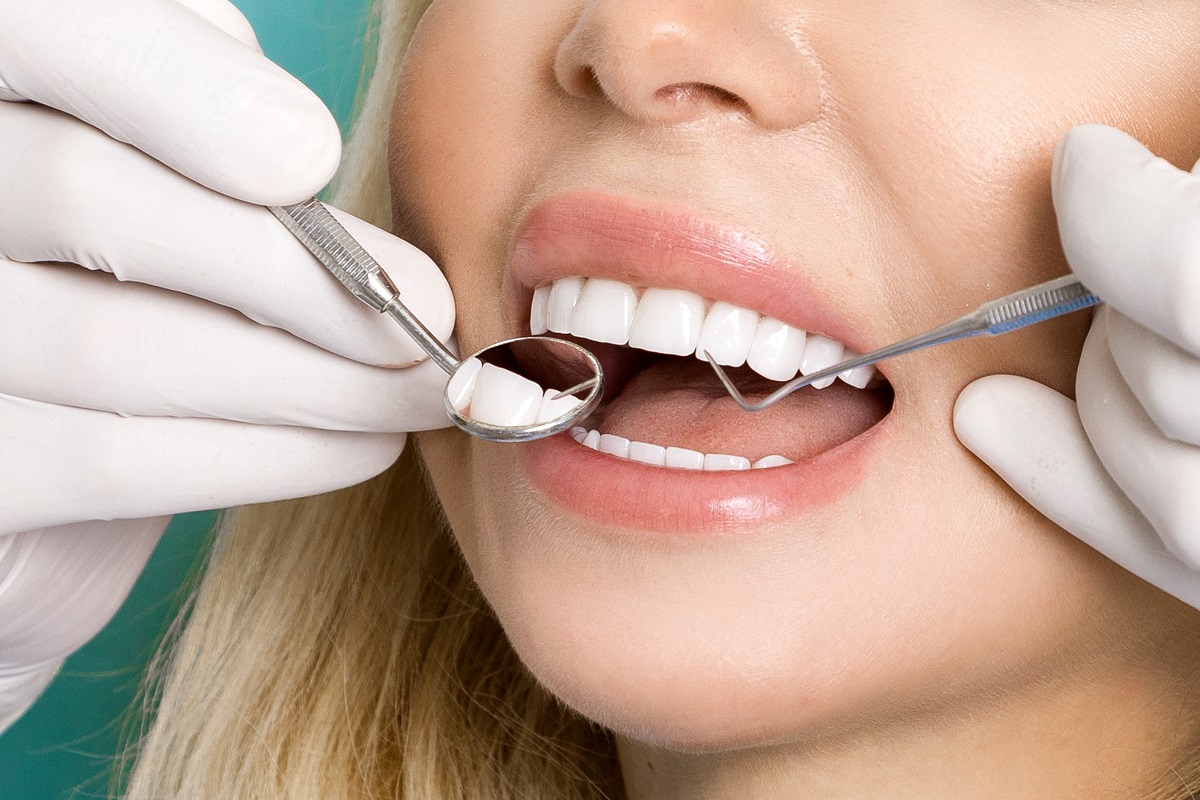The history of orthodontics
Orthodontics in Weybridge is a branch of dentistry that is concerned with misaligned teeth including their diagnosis and treatment. It also involves the diagnosis and treatment of malpositioned jaws. The history of orthodontics dates back really quite early. Archaeological researchers have found mispositioned teeth in the remains of humans that lived 50,000 years ago!
Some Egyptian mummies have also been found to have a very early form of braces, which consisted of metal wires wrapped around misaligned teeth, to which catgut has been bound, which applied the necessary force to realign the teeth. The famous ancient Greek doctor, Hippocrates is one of the first known physicians to write about tooth malposition, and Celsus, an ancient Roman wrote about regularly pushing teeth with fingers to align them into their appropriate position.
It was however the 17th and 18th centuries, when orthodontics and dentistry in general have started to truly develop into their forms we know of today. Mattheus Gottfried Purmann is one of the first known dentists to take dental impressions: he used a type of wax for this purpose. Later on, Pierre Fauchard “the founding father of dentistry” invented something called a bandeau, which was a U-shaped metal appliance containing holes fitting around the teeth for the purpose of realigning them. He also used a specific type of tweezers, with which he forcibly loosened teeth and bound them to a neighbouring tooth for the time they healed.
The United States has contributed quite a lot to dentistry and orthodontics in the 19th century: JS Gunnell invented something called occipital anchorage, which is one of the first forms of headgear tied to the jaw from outside the mouth, exerting pressure on the misaligned teeth. CA Harris later published one of the first books dedicated to dentistry, with the title of “The Dental Art”.
EH Angle is known as the father of advanced orthodontics. Around the 20th century he characterised malocclusions and misalignment and started to treat them with some more advanced appliances.
The 1970s was a decade of major advancement in orthodontics: with the invention of dental adhesives, wiring around each tooth was not necessary anymore, and brackets were adhered to the surface of each tooth. Moreover, stainless steel was used more predominantly rather than gold and silver, thus reducing the costs of orthodontic treatments and making them accessible to a wider range of the population.
Modern orthodontic solutions

Nowadays the progress in orthodontics has brought some clear advantages in terms of efficiency, safety and addressing the aesthetic concerns. Patients requiring orthodontic treatments can choose from a wide range of options, however it is important to note that different types of orthodontic conditions require different types of treatments.
Invisalign and other brands of clear retainers are a very popular option due to their transparent plastic material making them almost unnoticeable, but it is not a suitable option for some severe cases. For cases not treatable by invisible aligners, traditional braces are available, and there are also much less visible braces, where the brackets are made out of a tooth-coloured material and the wires consist of a type of transparent plastic. Consult your dentist to find out which option would be the best for you.
